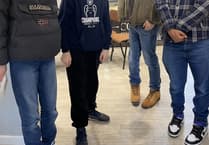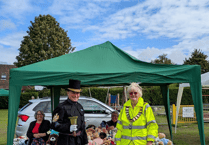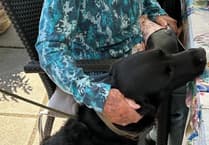The Arts Society Grayshott recently welcomed lecturer and educationalist Annalie Talent for a talk titled Great and Small: Writers, Their Pets, and Other Animals. The lecture explored how 18th- and 19th-century writers and poets viewed the natural world, at a time when animals were often regarded as mindless beings incapable of feeling pain.
Samuel Taylor Coleridge was among the first to challenge this perception, describing birds, insects, and animals as “God’s creatures” in The Rime of the Ancient Mariner. Naturalist Gilbert White, in The Natural History of Selborne, wrote affectionately of his pet tortoise, Timothy, while poet William Cowper found comfort in caring for his pet hare, which helped ease his depression.
By the 19th century, debates around animal cruelty were growing, with figures such as William Blake, Mary Wollstonecraft, and artist William Hogarth urging compassion and respect toward all creatures. Annalie read beautifully chosen excerpts, including William Wordsworth’s The Butterfly, which celebrates nature’s delicate balance, and Robert Burns’s To a Mouse, alongside Anna Letitia Barbauld’s touching The Mouse’s Petition, giving voice to small, defenceless beings.
Artist Edwin Landseer’s paintings captured the loyalty and emotion of animals—most poignantly in Attachment, depicting a faithful dog keeping vigil beside his master’s body. He also immortalised Lord Byron’s dog Boatswain, whose devotion inspired Byron’s famous line: “More faithful than men, and I trust you more.”
The Brontë sisters’ fondness for their pet canaries and Elizabeth Barrett Browning’s tender poem Flush further reflected the growing empathy between humans and animals. By the late 19th century, compassion for animals had entered public consciousness, bolstered by Queen Victoria’s patronage of the SPCA, later the RSPCA.
The next lecture, The Influence of Japanese Woodcut on Western Art by Carol Wilhide-Justin, takes place on Thursday, November 6 at 2pm, Grayshott Village Hall. Guests welcome (£7). Details: www.theartssocietygrayshott.org





Comments
This article has no comments yet. Be the first to leave a comment.